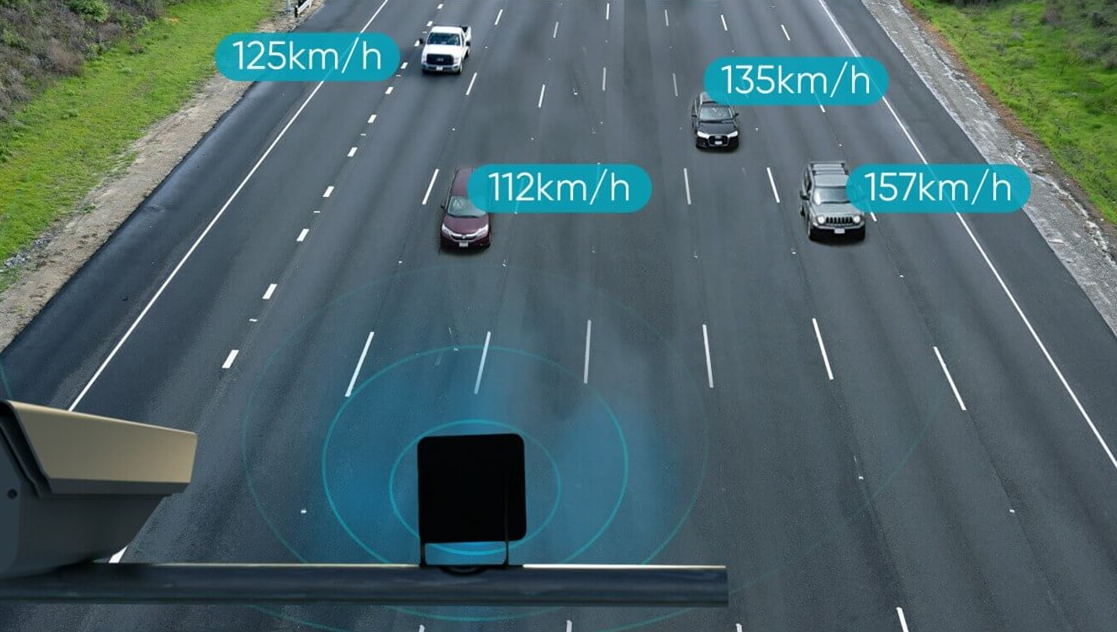Radar Speed Signs: Essential Traffic Safety Solutions
Introduction
In modern traffic management, radar speed signs have become critical tools for creating safer roads. These driver feedback devices actively reduce speeding through real-time alerts – a key innovation in traffic calming strategies.
How Do Radar Speed Signs Work?
Using Doppler radar technology, these traffic safety devices emit radio waves that bounce off approaching vehicles. The frequency shift calculates precise speed measurements, instantly displaying results on high-visibility LED signs. This real-time feedback is scientifically proven to influence driver behavior within 2-3 seconds.
Top 5 Benefits of Radar Speed Signs
- Immediate Speed Reduction
Studies show 7-14% average speed decrease in school zones and residential areas. In Seattle pilot programs, 85% of drivers slowed within 200 feet of signs. - 24/7 Traffic Data Collection
Modern units integrate with smart city systems, tracking:
- Peak speeding times
- Average speed percentiles
- Traffic volume patterns
- Cost-Effective Enforcement
Eliminates need for constant police patrols. Portland, OR reported 37% fewer speeding tickets after installation. - Deter Repeat Offenders
Psychological “observer effect” reduces chronic speeding by 63% according to traffic safety studies. - Enhanced Pedestrian Safety
When combined with crosswalk systems, collision rates drop 29%.
Optimal Installation Guidelines
| Location Type | Placement Distance | Effectiveness |
|---|---|---|
| School Zones | 300-500ft before zone | 89% compliance |
| Residential | After entry signs | 76% speed reduction |
| High-Risk Curves | 200ft pre-warning | 68% accident decrease |
Pro Tip: Pair with solar-powered flashing beacons for 42% better nighttime effectiveness.
Integration With Smart City Systems
Modern radar signs connect to:
✅ Automated license plate readers
✅ Adaptive traffic signals
✅ Emergency vehicle preemption systems
✅ Cloud-based analytics platforms
Chicago’s Vision Zero initiative reduced fatal crashes 33% using this integrated approach.
Future Innovations
- AI-Powered Predictive Analytics: Using historical data to anticipate speeding hotspots
- Vehicle-to-Infrastructure (V2I): Direct speed alerts to connected car dashboards
- 5G-Enabled Enforcement: Real-time ticketing integration


Leave A Comment